Pre-During-After Software Development Documentation (PDA-SDD): A Phase-Based Approach for Comprehensive Software Documentation in Modern Development Paradigms
Abstract
1. Introduction
2. Methodology and Research Questions
2.1. Survey Participant Characteristics and Methodological Considerations
2.2. Research Methodology Flowchart
3. Related Work and Background
The Evolving Landscape of Software Documentation
4. PDA-SDD Model (The Theoretical Framework)
4.1. Rationale and Development Process
- Comprehensive Literature Review and Gap Identification: The development process commenced with an exhaustive literature review (as detailed in Section 3), which systematically identified prevalent documentation deficiencies, analyzed existing best practices, and critically assessed the limitations of current solutions and tools. This initial foundational phase allowed for a precise articulation of the research gap—the urgent need for a simplified, generalized, and efficient model for managing documentation across the entire software lifecycle. This systematic analysis directly informed PDA-SDD’s core conceptualization: shifting the perception of documentation from a discrete, isolated task performed at specific project milestones to an integral, continuous process that requires structured, phased management across the entire software development continuum.
- Derivation from Established Standards and Principles: Foundational principles for document structure, quality attributes, and comprehensive content coverage were rigorously derived from established international documentation standards and guidelines. Prominent examples include the comprehensive guidelines from the Institute of Electrical and Electronics Engineers (IEEE) and the International Organization for Standardization (ISO) [18,19,20,21,22,23,24,25,26], which provided robust templates and best practices for critical documents such as the Software Requirements Specification (SRS), Software Design Description (SDD), and user manuals. These standards informed PDA-SDD’s inherent emphasis on clarity, consistency, completeness, and maintainability of documentation artifacts, ensuring their long-term value.
- Analysis of Modern Development Methodologies: A critical analysis of contemporary software development methodologies, most notably Agile and DevOps [53,54,56,57,64,65] highlighted the imperative for flexible, dynamic, and “living” documentation. This analysis underscored the necessity for documentation that can adapt seamlessly to rapid iterations, frequent changes, and automated workflows inherent in modern development environments. Insights gleaned from DevOps practices, specifically the “documentation as code” paradigm, profoundly influenced PDA-SDD’s design to inherently support key features such as versioning, automated documentation generation, and seamless integration into Continuous Integration/Continuous Deployment (CI/CD) pipelines. This ensures documentation remains synchronized with the evolving codebase and accessible within development toolchains.
- Phased Structure Emergence and Iterative Refinement: The model’s three-phase structure—Pre-implementation, During-implementation, and After-implementation—logically emerged from this integrated analysis. These phases represent a natural and intuitive progression aligned with typical software lifecycle stages, ensuring that documentation activities are synchronized and intrinsically linked with development activities. Each phase was meticulously designed to identify critical documentation artifacts (e.g., requirements, design choices, test plans, user guides), the associated processes for their creation and maintenance, and the key stakeholder involvement required at each stage. For instance, the Pre-implementation phase focuses on foundational documents like detailed requirements and initial architectural visions; the During-implementation phase emphasizes design decisions, technical specifications, test plans, and code-level documentation; and the After-implementation phase then encompasses deployment guides, user manuals, and maintenance logs. The entire PDA-SDD model was continually refined through multiple conceptual iterations, internal discussions, and feedback loops. This iterative process ensured its steadfast adherence to its guiding principles of simplicity, generality, and efficiency, which are core to its unique advantages and broad applicability across diverse teams. The ultimate aim of this rigorous development process was to produce a framework that is both theoretically sound, grounded in established best practices, and practically applicable for a wide array of software development teams and contexts seeking to improve their documentation practices holistically.
4.2. Core of the Model
4.3. Main Documentations
4.3.1. Software Requirements Specifications Document (SRSD)
4.3.2. Resources List Document (RLD)
4.3.3. Detailed Design Document (DDD)
4.3.4. Change Log Document (CLD)
4.3.5. Software User Manual Document (SUMD)
4.3.6. End User License Agreement (EULA)
4.4. Distinctive Advantages of the PDA-SDD Model
- Holistic Lifecycle Coverage: Unlike many existing tools or methodologies that focus on specific stages (e.g., requirements management) or types of documentation (e.g., API documentation), PDA-SDD provides a comprehensive, phase-based framework (Pre-implementation, During-implementation, After-implementation). This ensures that critical system knowledge, design rationale, and operational details are systematically captured and maintained throughout the entire software development and deployment lifecycle, from initial conceptualization to post-implementation maintenance.
- Unified Framework for Diverse Documentation: PDA-SDD offers a single, coherent conceptual model for managing all essential documentation artifacts. This contrasts with the fragmented landscape where organizations often rely on a disparate collection of siloed tools and ad hoc practices, leading to inconsistencies, redundancy, and knowledge gaps. PDA-SDD mandates specific, interlinked deliverables for each phase, promoting a unified and consistent approach.
- Emphasis on Simplicity, Generality, and Efficiency: These core principles are foundational to PDA-SDD’s design. The model aims to simplify the documentation process, reducing the perceived burden on development teams, thereby encouraging consistent adoption. Its generality ensures adaptability across various project sizes, technological stacks, and organizational structures, unlike specialized tools that may require significant customization or expertise. The focus on efficiency optimizes resource utilization, minimizing overhead for documentation creation and maintenance.
- Integration with Modern Development Paradigms: PDA-SDD is specifically designed to align with contemporary software development methodologies such as Agile, DevOps, and CI/CD pipelines. Its inherent support for living documents, rigorous versioning, centralized data management, and the “documentation as code” paradigm ensures that documentation remains dynamic, accurate, and seamlessly integrated into iterative development cycles and automated workflows. This is a crucial differentiator from traditional static documentation models.
- Enhanced Stakeholder Collaboration and Communication: By clearly defining phase-specific artifacts and outlining stakeholder involvement, PDA-SDD fosters improved communication and collaboration among all project participants—from developers and testers to project managers, end-users, and maintenance teams. This systematic approach ensures that relevant information is accessible, up-to-date, and tailored to the needs of diverse audiences throughout the system’s evolution.
- Foundation for Automation and Future Technologies: The structured and consistent nature of PDA-SDD’s mandated artifacts provides a robust foundation for future integration with advanced automation tools and Artificial Intelligence (AI) technologies, such as Large Language Models. This inherent structure facilitates automated document generation, consistency checks, and intelligent knowledge retrieval, further enhancing efficiency and accuracy.
4.5. Comparative Analysis with Existing Models
5. Evaluation
5.1. In-Depth Analysis of Survey Responses
5.2. Statistical Analysis of Survey Results
5.3. Discussion of Divergent and Neutral Responses
6. Discussion
7. Limitations
8. Conclusion and Future Work
Funding
Conflicts of Interest
Appendix A




References
- Chomal, V.S.; Saini, J.R. Software project documentation-an essence of software development. Int. J. Adv. Netw. Appl. 2015, 6, 2563. [Google Scholar]
- Barker, T.T. Introduction: Research sources in software documentation. In Perspectives on Software Documentation; Routledge: Oxfordshire, UK, 2020; pp. 7–21. Available online: https://www.taylorfrancis.com/chapters/edit/10.4324/9781315223919-1/introduction-research-sources-software-documentation-thomas-barker (accessed on 9 September 2024).
- Satish, C.J.; Anand, M. Software documentation management issues and practices: A survey. Indian J. Sci. Technol. 2016, 9, 1–7. [Google Scholar] [CrossRef]
- Manai, O. How Software Documentation Helps Communication in Development Teams: A Case Study on Architecture and Design Documents. 2019. Available online: https://gupea.ub.gu.se/handle/2077/62545 (accessed on 9 September 2024).
- Shirk, H.N. Prologue for teaching software documentation. In Perspectives on Software Documentation; Routledge: Oxfordshire, UK, 2020; pp. 25–44. Available online: https://www.taylorfrancis.com/chapters/edit/10.4324/9781315223919-3/prologue-teaching-software-documentation-henrietta-nickels-shirk (accessed on 9 September 2024).
- Parnas, D.L. Precise Documentation: The Key to Better Software. In The Future of Software Engineering; Nanz, S., Ed.; Springer: Berlin/Heidelberg, Germany, 2011; pp. 125–148. [Google Scholar] [CrossRef]
- Cohen, N.E. Problems of form in software documentation. In Perspectives on Software Documentation; Routledge: Oxfordshire, UK, 2020; pp. 123–136. Available online: https://www.taylorfrancis.com/chapters/edit/10.4324/9781315223919-9/problems-form-software-documentation-nancy-cohen (accessed on 9 September 2024).
- Plösch, R.; Dautovic, A.; Saft, M. The value of software documentation quality. In Proceedings of the 2014 14th International Conference on Quality Software, Allen, TX, USA, 2–3 October 2014; IEEE: New York, NY, USA, 2014; pp. 333–342. Available online: https://ieeexplore.ieee.org/abstract/document/6958422/ (accessed on 9 September 2024).
- De Boer, R.C.; Van Vliet, H. Writing and reading software documentation: How the development process may affect understanding. In Proceedings of the 2009 ICSE Workshop on Cooperative and Human Aspects on Software Engineering, Vancouver, BC, Canada, 17 May 2009; IEEE: New York, NY, USA, 2009; pp. 40–47. Available online: https://ieeexplore.ieee.org/abstract/document/5071409/ (accessed on 9 September 2024).
- Aghajani, E.; Nagy, C.; Vega-Marquez, O.L.; Linares-Vasquez, M.; Moreno, L.; Bavota, G.; Lanza, M. Software documentation issues unveiled. In Proceedings of the 2019 IEEE/ACM 41st International Conference on Software Engineering (ICSE), Montreal, QC, Canada, 25–31 May 2019; IEEE: New York, NY, USA, 2019; pp. 1199–1210. Available online: https://ieeexplore.ieee.org/abstract/document/8811931/ (accessed on 24 April 2024).
- Ramesh, M.R.; Reddy, C.S. Metrics for software requirements specification quality quantification. Comput. Electr. Eng. 2021, 96, 107445. [Google Scholar] [CrossRef]
- Ali, S.W.; Ahmed, Q.A.; Shafi, I. Process to enhance the quality of software requirement specification document. In Proceedings of the 2018 International Conference on Engineering and Emerging Technologies (ICEET), Lahore, Pakistan, 22–23 February 2018; IEEE: New York, NY, USA, 2018; pp. 1–7. Available online: https://ieeexplore.ieee.org/abstract/document/8338619/ (accessed on 9 September 2024).
- Ali, N.; Lai, R. A method of software requirements specification and validation for global software development. Requir. Eng. 2017, 22, 191–214. [Google Scholar] [CrossRef]
- Oo, K.H.; Nordin, A.; Ismail, A.R.; Sulaiman, S. An analysis of ambiguity detection techniques for software requirements specification (SRS). Int. J. Eng. Technol. 2018, 7, 501–505. [Google Scholar] [CrossRef]
- Alzahrani, A.A.H. Software Systems Documentation: A Systematic Review. Int. J. Adv. Comput. Sci. Appl. 2024, 15, 155. [Google Scholar] [CrossRef]
- Theunissen, T.; Hoppenbrouwers, S.; Overbeek, S. Approaches for documentation in continuous software development. Complex Syst. Inform. Model. Q. 2022, 32, 1–27. [Google Scholar] [CrossRef]
- Theunissen, T.; Hoppenbrouwers, S.; Overbeek, S. Evaluation of Approaches for Documentation in Continuous Software Development. 2023. Available online: https://repository.ubn.ru.nl/bitstream/handle/2066/293197/293197.pdf?sequence=1 (accessed on 8 September 2024).
- Chikh, A.; Aldayel, M. A new traceable software requirements specification based on IEEE 830. In Proceedings of the 2012 International Conference on Computer Systems and Industrial Informatics, Sharjah, United Arab Emirates, 18–20 December 2012; IEEE: New York, NY, USA, 2012; pp. 1–6. Available online: https://ieeexplore.ieee.org/abstract/document/6454481/ (accessed on 8 September 2024).
- Chikh, A.; Aldayel, M. Reengineering Requirements Specification Based on IEEE 830 Standard and Traceability. In New Perspectives in Information Systems and Technologies; Rocha, Á., Correia, A.M., Felix, B.T., Stroetmann, K.A., Eds.; Advances in Intelligent Systems and Computing; Springer International Publishing: Cham, Switzerland, 2014; Volume 275, pp. 211–227. [Google Scholar] [CrossRef]
- Pena, I.; Martinez-Anido, C.B.; Hodge, B.-M. An extended IEEE 118-bus test system with high renewable penetration. IEEE Trans. Power Syst. 2017, 33, 281–289. [Google Scholar] [CrossRef]
- Handoyo, E.; Isnantoa, R.R.; Sonda, M.A. SRS Document Proposal Analysis on the Design of Management Information Systems According to IEEE STD 830-1998. Procedia-Soc. Behav. Sci. 2012, 67, 123–134. [Google Scholar] [CrossRef][Green Version]
- Villamizar, L.A.E.; Sanchez-Segura, M.; de Amescua, A.; García, L. The Project Management in the Development Process. In Innovations Through Information Technology; Idea Group Publishing: Hershey, PA, USA, 2004; Available online: https://www.academia.edu/download/86832230/32387.pdf (accessed on 9 September 2024).
- Codur, K.B.; Dogru, A.H. Regulations and software evolution: An example from the military domain. Sci. Comput. Program. 2012, 77, 636–643. [Google Scholar] [CrossRef][Green Version]
- Dimeska, K.; Savoska, S. Model of software development using RAD methods and standard ISO/IEC 12207. In Proceedings of the 8th International Conference on Applied Internet and Information Technologies, Bitola, Macedonia, 1 July–5 October 2018; pp. 48–51. Available online: https://eprints.uklo.edu.mk/8750/1/Proceedings_AIIT2018.pdf#page=66 (accessed on 9 September 2024).
- Estdale, J.; Georgiadou, E. Applying the ISO/IEC 25010 Quality Models to Software Product. In Systems, Software and Services Process Improvement; Larrucea, X., Santamaria, I., O’Connor, R.V., Messnarz, R., Eds.; Communications in Computer and Information Science; Springer International Publishing: Cham, Switzerland, 2018; Volume 896, pp. 492–503. [Google Scholar] [CrossRef]
- Hussain, A.; Mkpojiogu, E.O. An application of the ISO/IEC 25010 standard in the quality-in-use assessment of an online health awareness system. J. Teknol. 2015, 77, 9–13. [Google Scholar] [CrossRef][Green Version]
- Acharya, A.; Sinha, D. Assessing the quality of m-learning systems using ISO/IEC 25010. Int. J. Adv. Comput. Res. 2013, 3, 67. [Google Scholar][Green Version]
- Arcos-Medina, G.; Mauricio, D. The influence of the application of agile practices in software quality based on ISO/IEC 25010 standard. Int. J. Inf. Technol. Syst. Approach 2020, 13, 27–53. [Google Scholar] [CrossRef]
- Falco, M.; Robiolo, G. Building a catalogue of ISO/IEC 25010 quality measures applied in an industrial context. J. Phys. Conf. Ser. 2021, 1828, 012077. [Google Scholar] [CrossRef]
- Gustriansyah, R.; Suhandi, N.; Alie, J.; Antony, F.; Heryati, A. Optimization of laboratory application by utilizing the ISO/IEC 25010 model. Iop Conf. Ser. Mater. Sci. Eng. 2021, 1088, 012067. [Google Scholar] [CrossRef]
- Sánchez, M. Assessing the quality of MOOC using ISO/IEC 25010. In Proceedings of the 2016 XI Latin American Conference on Learning Objects and Technology (LACLO), San Carlos, Costa Rica, 3–7 October 2016; IEEE: New York, NY, USA, 2016; pp. 1–4. Available online: https://ieeexplore.ieee.org/abstract/document/7751803/ (accessed on 9 September 2024).
- Ouhbi, S.; Idri, A.; Fernández-Alemán, J.L.; Toval, A.; Benjelloun, H. Applying ISO/IEC 25010 on mobile personal health records. In Proceedings of the International Conference on Health Informatics, Lisbon, Portugal, 12–15 January 2015; SciTePress: Setúbal, Portugal, 2015; pp. 405–412. Available online: https://www.scitepress.org/Papers/2015/52166/ (accessed on 9 September 2024).
- Peters, E.; Aggrey, G.K. An ISO 25010 based quality model for ERP systems. Adv. Sci. Technol. Eng. Syst. J. 2020, 5, 578–583. [Google Scholar] [CrossRef]
- Saptarini, I.; Rochimah, S.; Yuhana, U.L. Security Quality Measurement Framework for Academic Information System (AIS) Based on ISO/IEC 25010 Quality Model. Iptek J. Proc. Ser. 2017, 3, 128–135. [Google Scholar] [CrossRef]
- ISO/IEC 15288; Information Technology—Life Cycle Management—System Life Cycle Processes. International Organization for Standardization/International Electrotechnical Commission: Geneva, Switzerland, 2002.
- ISO/IEC 25000; Software Engineering—Software Product Quality Requirements and Evaluation (SQuaRE)—Guide to SQuaRE. International Organization for Standardization/International Electrotechnical Commission: Geneva, Switzerland, 2005.
- ISO/IEC 25001; Software Engineering—Software Product Quality Requirements and Evaluation (SQuaRE)—Planning and Management. International Organization for Standardization/International Electrotechnical Commission: Geneva, Switzerland, 2007.
- ISO/IEC 25010; Software Engineering—System and Software Quality Requirements and Evaluation (SQuaRE)—System and Software Quality Model. International Organization for Standardization/International Electrotechnical Commission: Geneva, Switzerland, 2011.
- ISO/IEC 25012; Software Engineering—Software Product Quality Requirements and Evaluation (SQuaRE)—Data Quality Model. International Organization for Standardization/International Electrotechnical Commission: Geneva, Switzerland, 2006.
- ISO/IEC 25020; Software Engineering—Software Product Quality Requirements and Evaluation(SQuaRE)—Measurement Reference Model and Guide. International Organization for Standardization/International Electrotechnical Commission: Geneva, Switzerland, 2007.
- IEEE 830; IEEE Standards Association. IEEE: New York, NY, USA, 1993. Available online: https://standards.ieee.org/ieee/830/1222/ (accessed on 8 September 2024).
- IEEE 12207; IEEE Standards Association. IEEE: New York, NY, USA, 1996. Available online: https://standards.ieee.org/ieee/12207-2/10353/ (accessed on 8 September 2024).
- IEEE 610.12; IEEE Standard Glossary of Software Engineering Terminology. IEEE: New York, NY, USA, 1990.
- Vendome, C. Assisting Software Developers with License Compliance. 2018. Available online: https://scholarworks.wm.edu/etd/1550153779/ (accessed on 9 September 2024).
- Open Source Initiative. Available online: https://opensource.org (accessed on 9 September 2024).
- The GNU Operating System and the Free Software Movement. Available online: https://www.gnu.org/ (accessed on 9 September 2024).
- IBM. IBM Engineering Requirements Management DOORS Next. IBM.com. Available online: https://www.ibm.com/products/requirements-management-doors-next (accessed on 5 June 2025).
- Abbas, W.; Butt, W.H. Systematic Literature Review on Requirement Management Tools. In Proceedings of the 2022 International Conference on Emerging Trends in Smart Technologies (ICETST), Karachi, Pakistan, 23–24 September 2022; pp. 1–6. [Google Scholar] [CrossRef]
- GitBook. Official Documentation and Features Overview. GitBook.com. Available online: https://www.gitbook.com/ (accessed on 5 June 2025).
- Mens, T.; Van Gorp, J.; Van Den Brandt, D. Documentation as code: A state of the practice review. In Proceedings of the 2018 IEEE 25th International Conference on Software Analysis, Evolution and Reengineering (SANER), Campobasso, Italy, 20–23 March 2018; pp. 599–603. [Google Scholar]
- Stoplight. API Design and Documentation Platform. Stoplight.io. Available online: https://stoplight.io/ (accessed on 5 June 2025).
- Madni, A.M.; Sievers, M. Model-based systems engineering: Motivation; current capabilities. Syst. Eng. 2018, 21, 2530–2541. [Google Scholar] [CrossRef]
- Johan, E.J.; Yusoff, S.A.M.; Mohammad, W.A.W.; Mydin, A.M. The impact of AI tools on software development practices and programmer productivity. Beyond Boundaries Multidimens. Horiz. E-Learn. 2025, 9, 1–7. [Google Scholar]
- Bernardo, J.H.; da Costa, D.A.; Cogo, F.R.; de Medeiros, S.Q.; Kulesza, U. Continuous Integration Practices in Machine Learning Projects: The Practitioners` Perspective. arXiv 2025, arXiv:2502.17378. [Google Scholar] [CrossRef]
- Birru, H.; Cicchetti, A.; Latifaj, M. Supporting Automated Documentation Updates in Continuous Software Development with Large Language Models. In Proceedings of the 20th International Conference on Evaluation of Novel Approaches to Software Engineering, Porto, Portugal, 4–6 April 2025. [Google Scholar]
- Pastrana, M.; Ordoñez, H.; Cobos-Lozada, C.A.; Muñoz, M. Best Practices Evidenced for Software Development Based on DevOps and Scrum: A Literature Review. Appl. Sci. 2025, 15, 5421. [Google Scholar] [CrossRef]
- Fawzy, A.; Tahir, A.; Galster, M.; Liang, P. Exploring data management challenges and solutions in agile software development: A literature review and practitioner survey. Empir. Softw. Eng. 2025, 30, 77. [Google Scholar] [CrossRef]
- Smith, T. Morgan Stanley Open Sources CALM: The Architecture as Code Solution Transforming Enterprise DevOps. DevOps.com. Available online: https://devops.com/morgan-stanley-open-sources-calm-the-architecture-as-code-solution-transforming-enterprise-devops/ (accessed on 26 August 2025).
- Alenezi, M.; Akour, M. AI-Driven Innovations in Software Engineering: A Review of Current Practices and Future Directions. Appl. Sci. 2025, 15, 1344. [Google Scholar] [CrossRef]
- Foster, R. The Complete Guide to AI in Software Development (2025)|KPIs, ROI & Trends. Available online: https://emmo.net.co/articles/post/the-complete-guide-to-ai-in-software-development-transforming-code-creation-in-2025.html (accessed on 26 August 2025).
- Trinkenreich, B.; Calefato, F.; Hanssen, G.; Blincoe, K.; Kalinowski, M.; Pezzè, M.; Tell, P.; Storey, M.-A. Get on the Train or be Left on the Station: Using LLMs for Software Engineering Research. In Proceedings of the 33rd ACM International Conference on the Foundations of Software Engineering, Trondheim, Norway, 23–28 June 2025; ACM: New York, NY, USA, 2025; pp. 1503–1507. [Google Scholar] [CrossRef]
- Maayan, G.D. Documentation in Agile: Challenges and Trends in 2023—DevOps.com. Available online: https://devops.com/documentation-in-agile-challenges-and-trends-in-2023/ (accessed on 26 August 2025).
- Dugbartey, A.N.; Kehinde, O. Optimizing project delivery through agile methodologies: Balancing speed, collaboration and stakeholder engagement. World J. Adv. Res. Rev. 2025, 25, 1237–1257. [Google Scholar] [CrossRef]
- El Aouni, F.; Moumane, K.; Idri, A.; Najib, M.; Jan, S.U. A systematic literature review on Agile, Cloud, and DevOps integration: Challenges, benefits. Inf. Softw. Technol. 2024, 177, 107569. [Google Scholar] [CrossRef]
- Fan, A.; Gokkaya, B.; Harman, M.; Lyubarskiy, M.; Sengupta, S.; Yoo, S.; Zhang, J.M. Large language models for software engineering: Survey and open problems. In Proceedings of the 2023 IEEE/ACM International Conference on Software Engineering: Future of Software Engineering (ICSE-FoSE), Melbourne, Australia, 14–20 May 2023; IEEE: New York, NY, USA, 2023; pp. 31–53. [Google Scholar]
- Humble, J.; Farley, D. Continuous Delivery: Reliable Software Releases Through Build, Test, and Deployment Automation; Pearson Education: London, UK, 2010. [Google Scholar]
- Saleh, S.M.; Madhavji, N.; Steinbacher, J. A Systematic Literature Review on Continuous Integration and Deployment (CI/CD) for Secure Cloud Computing. In Proceedings of the 20th International Conference on Web Information Systems and Technologies, Porto, Portugal, 17–19 November 2024. [Google Scholar]
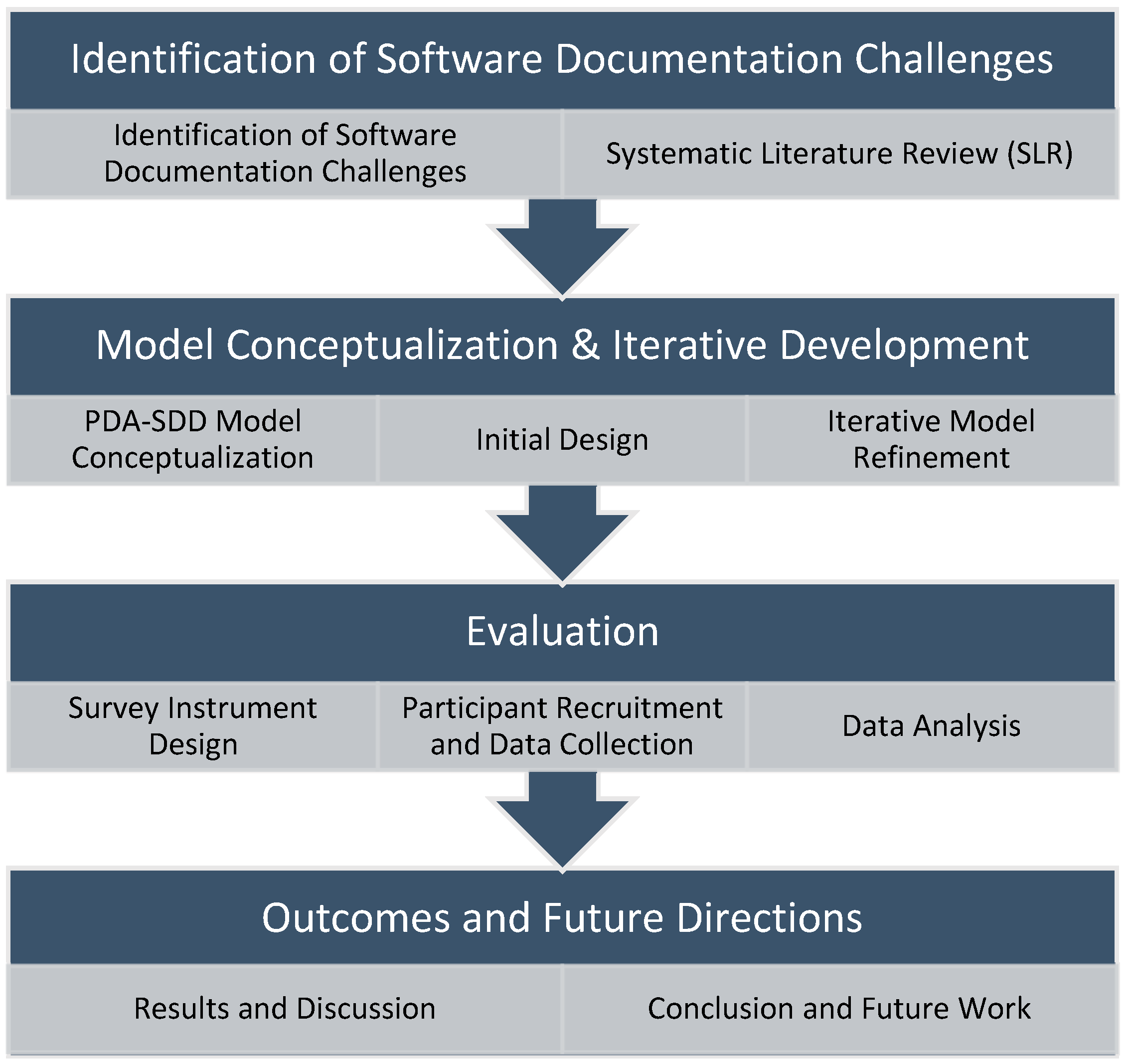



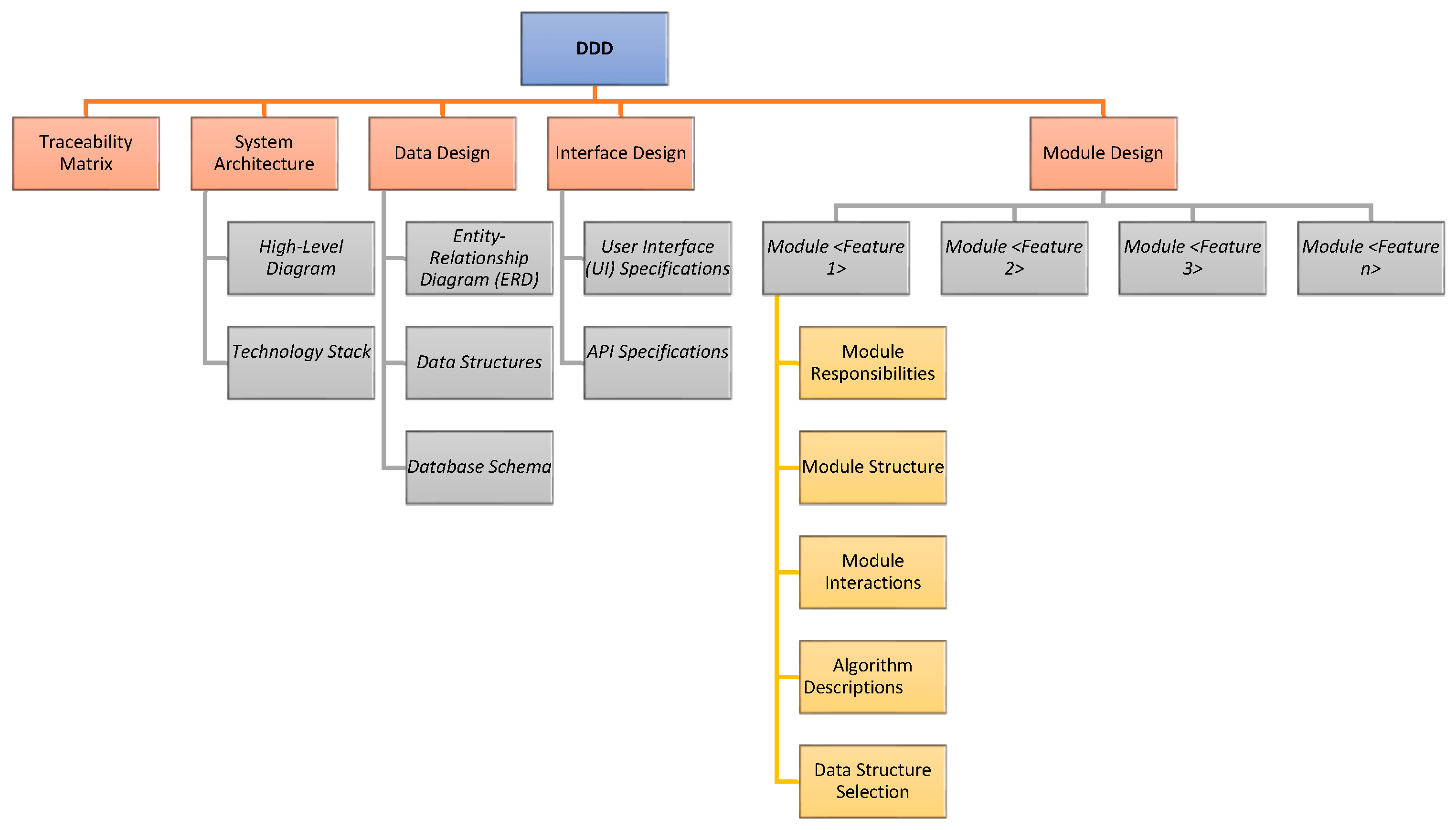
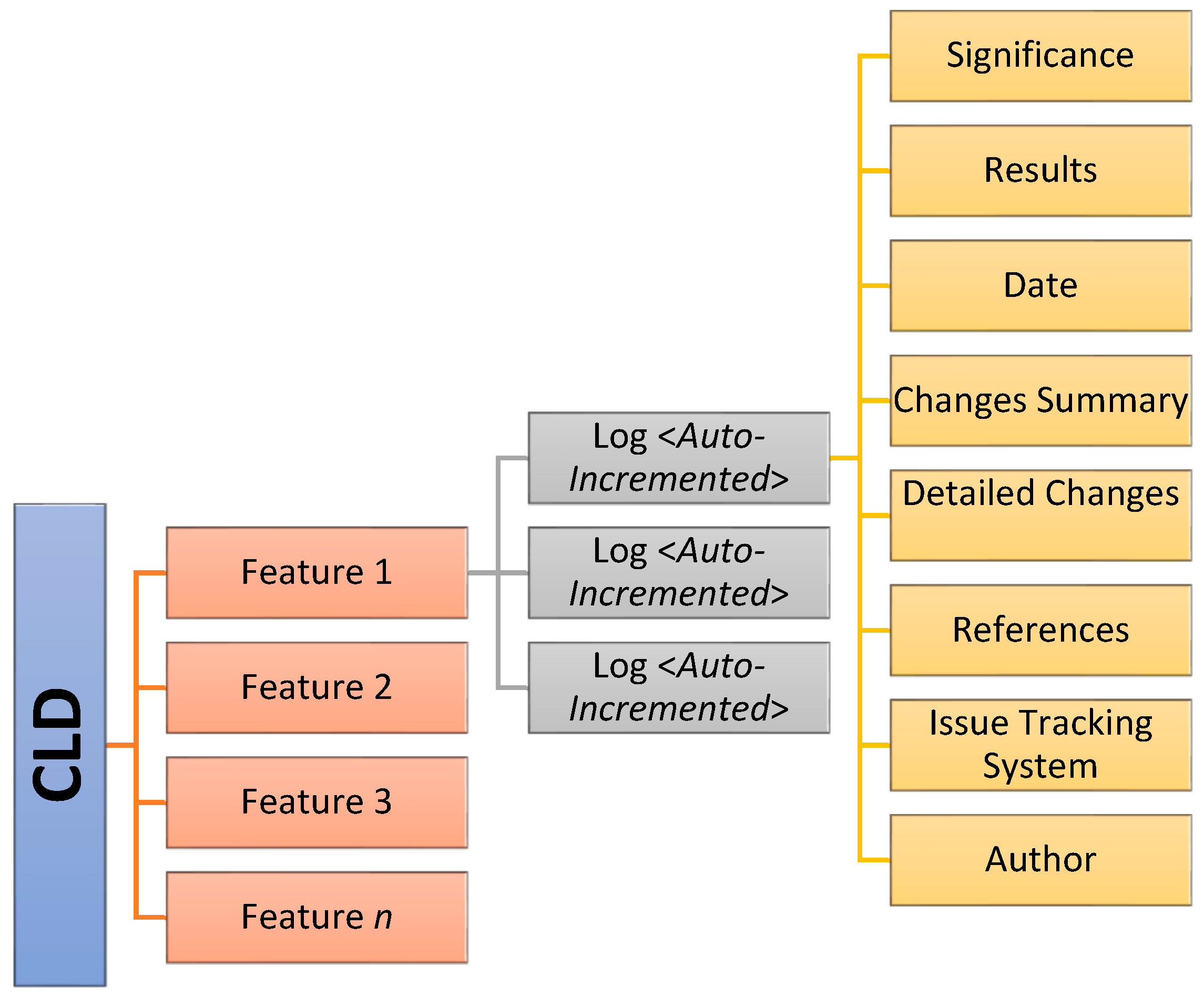

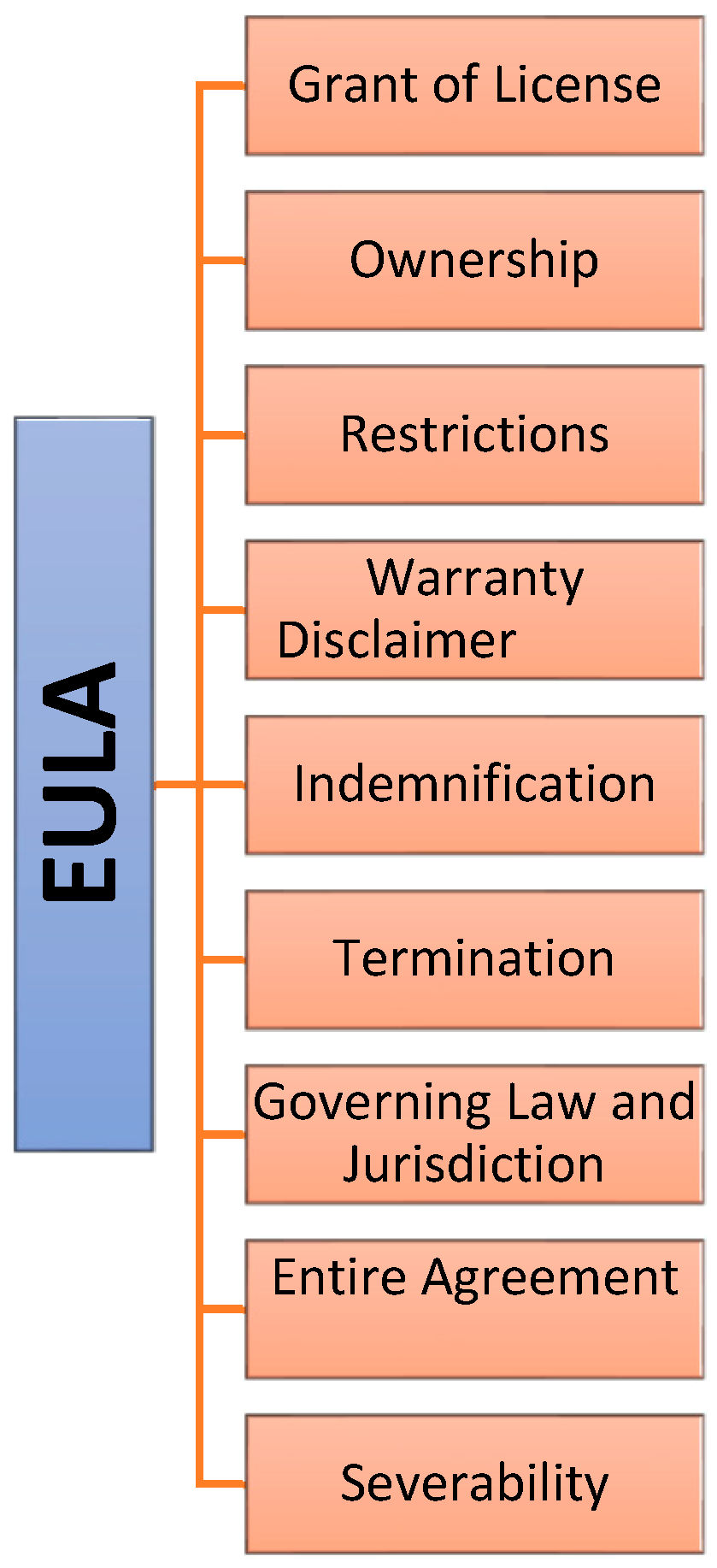
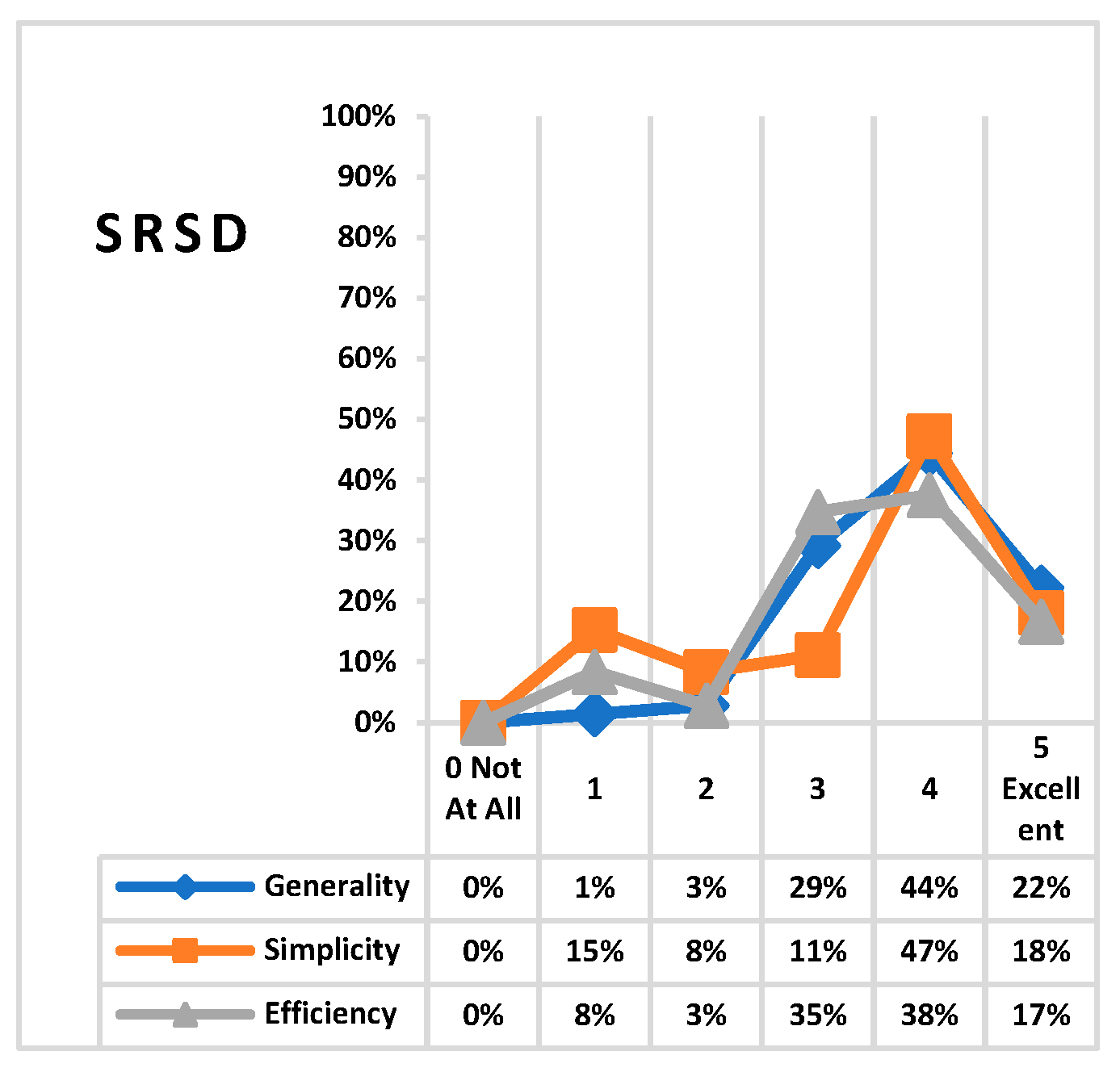
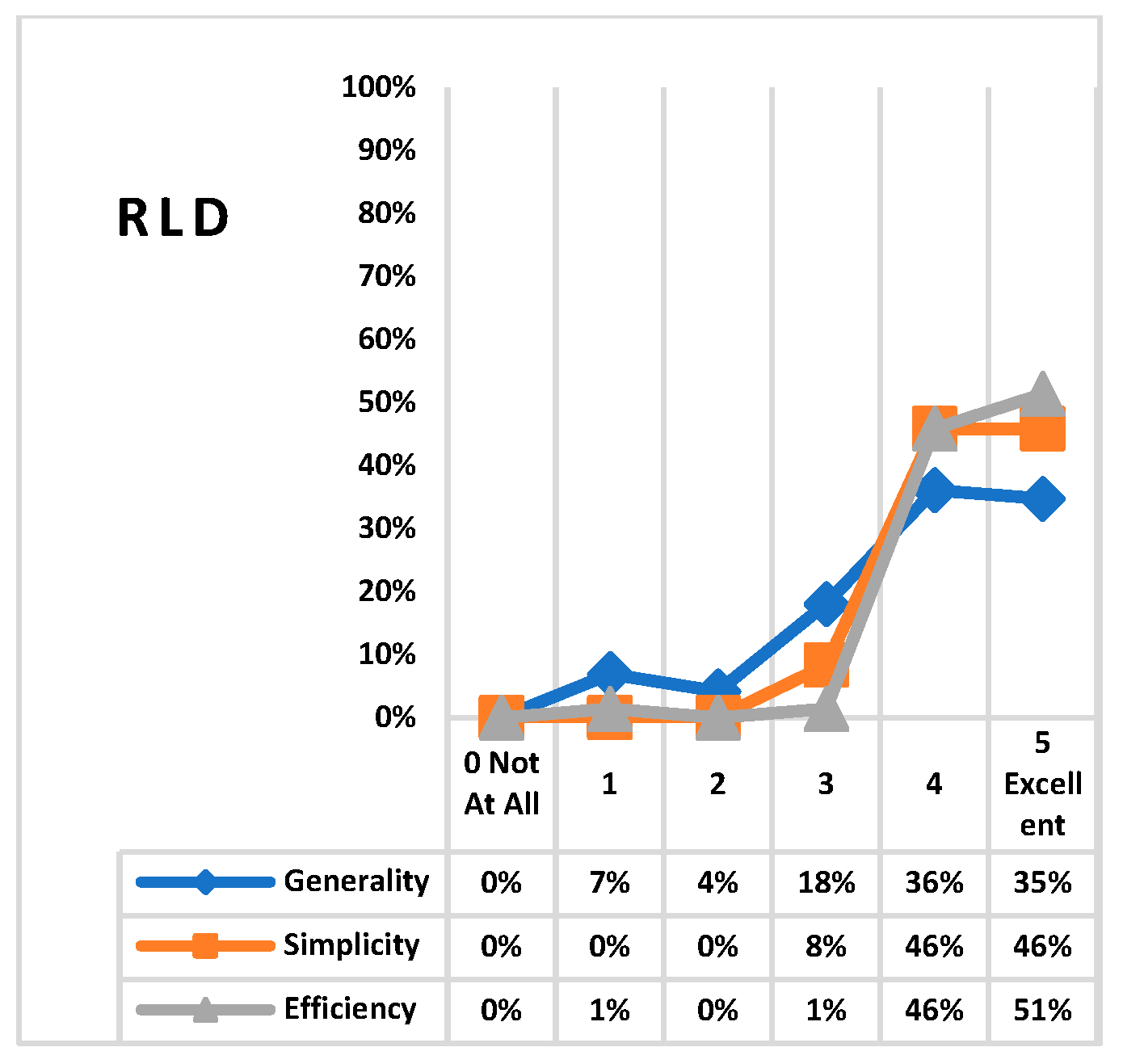
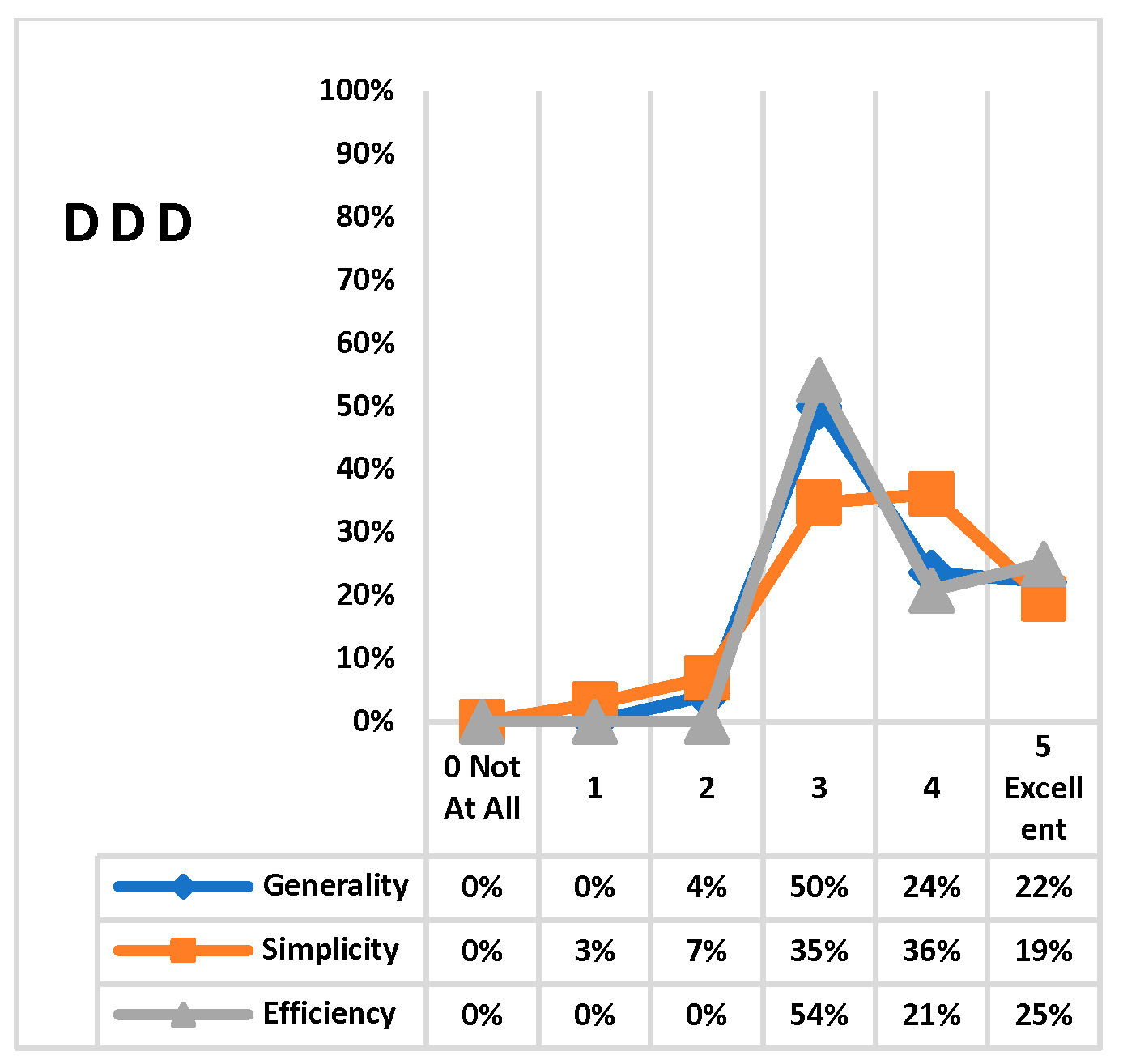
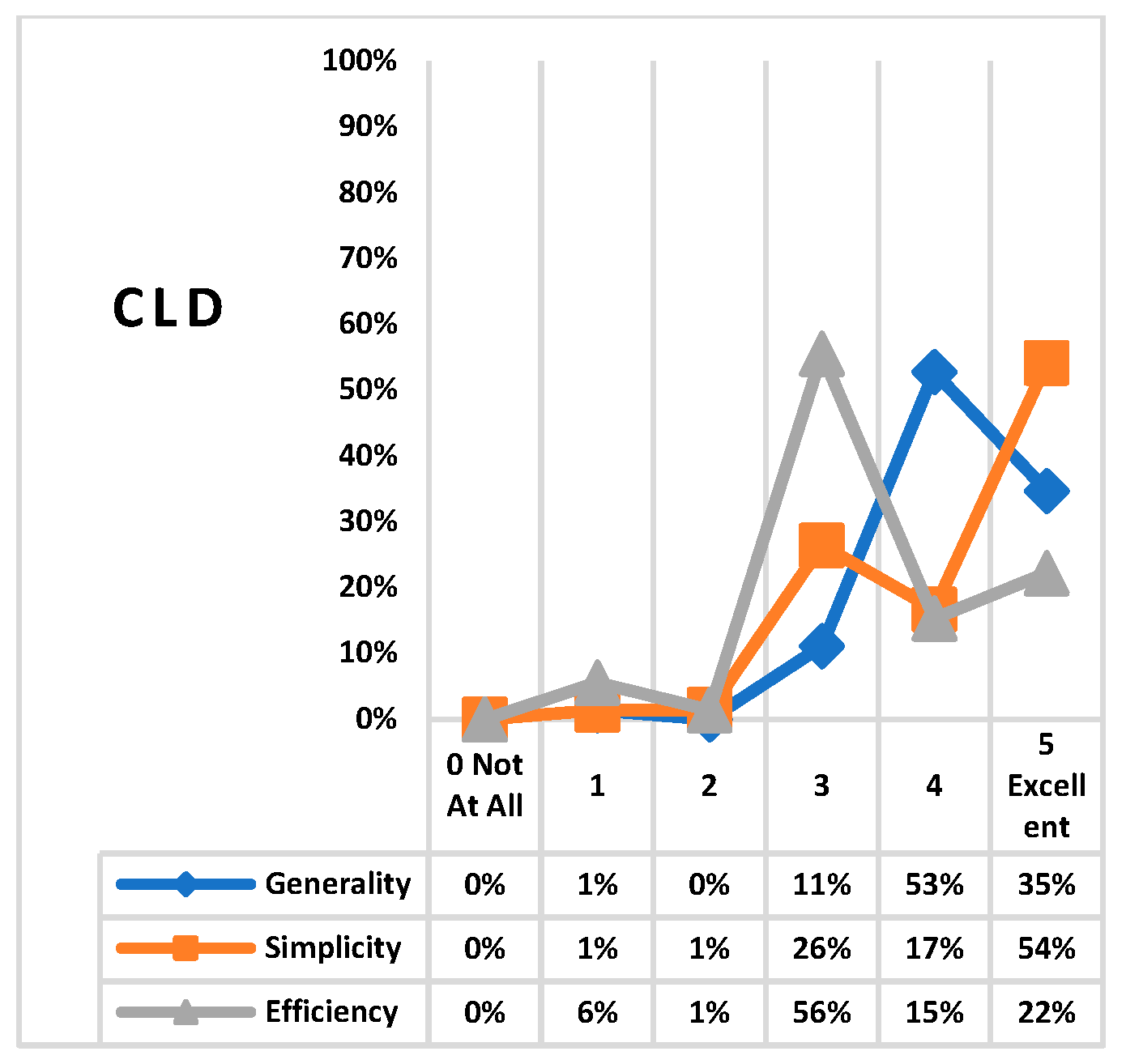
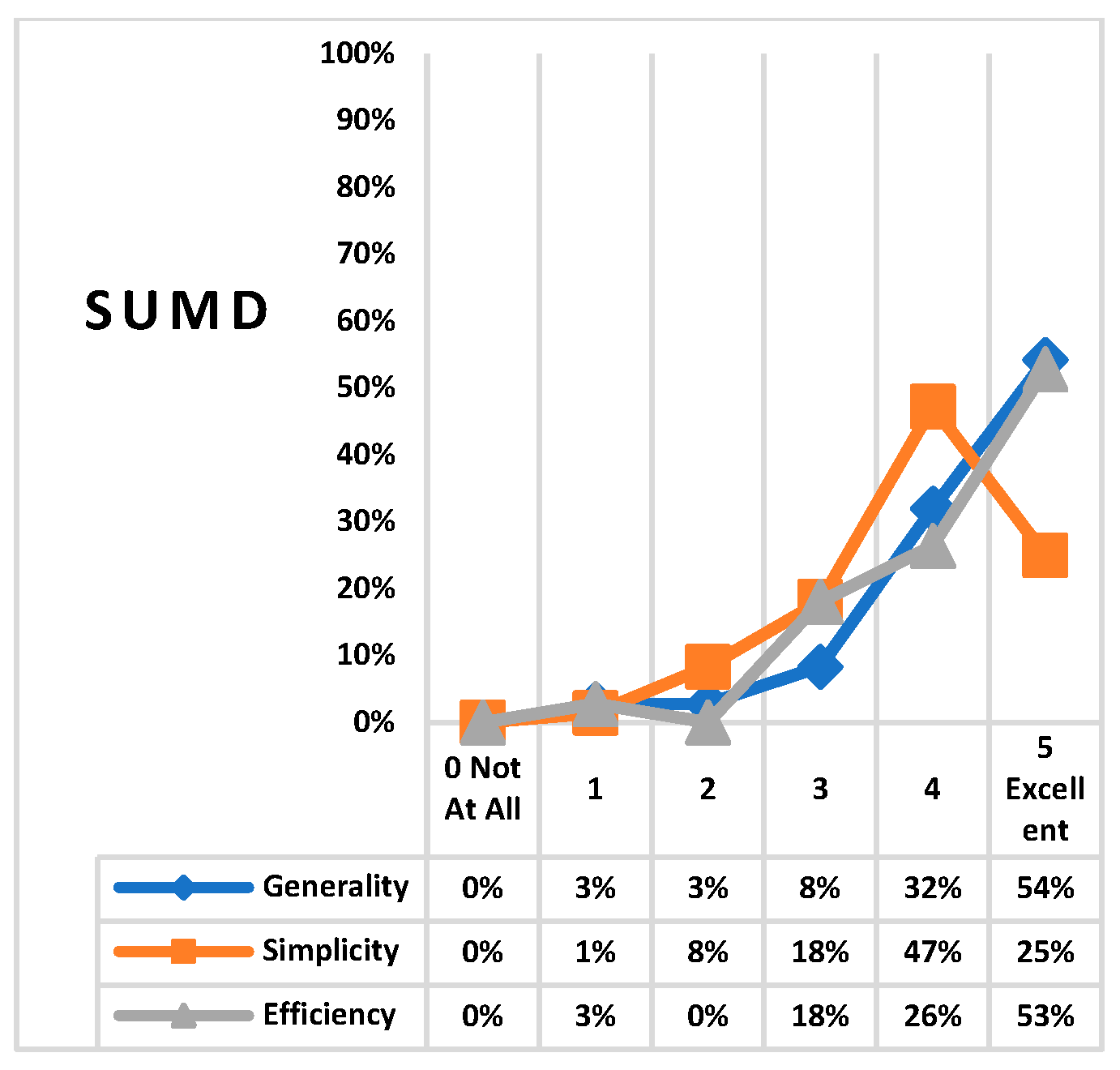
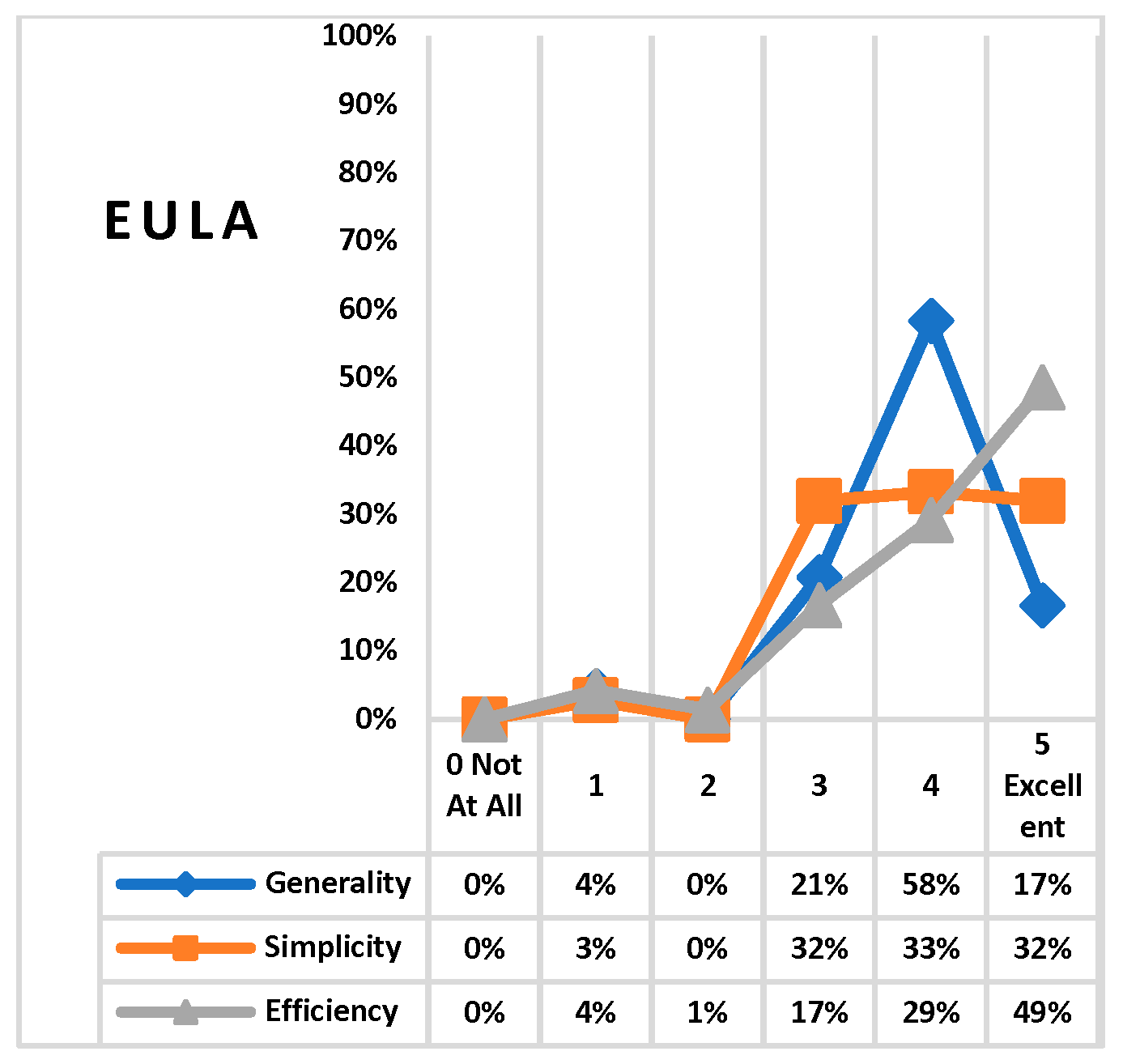

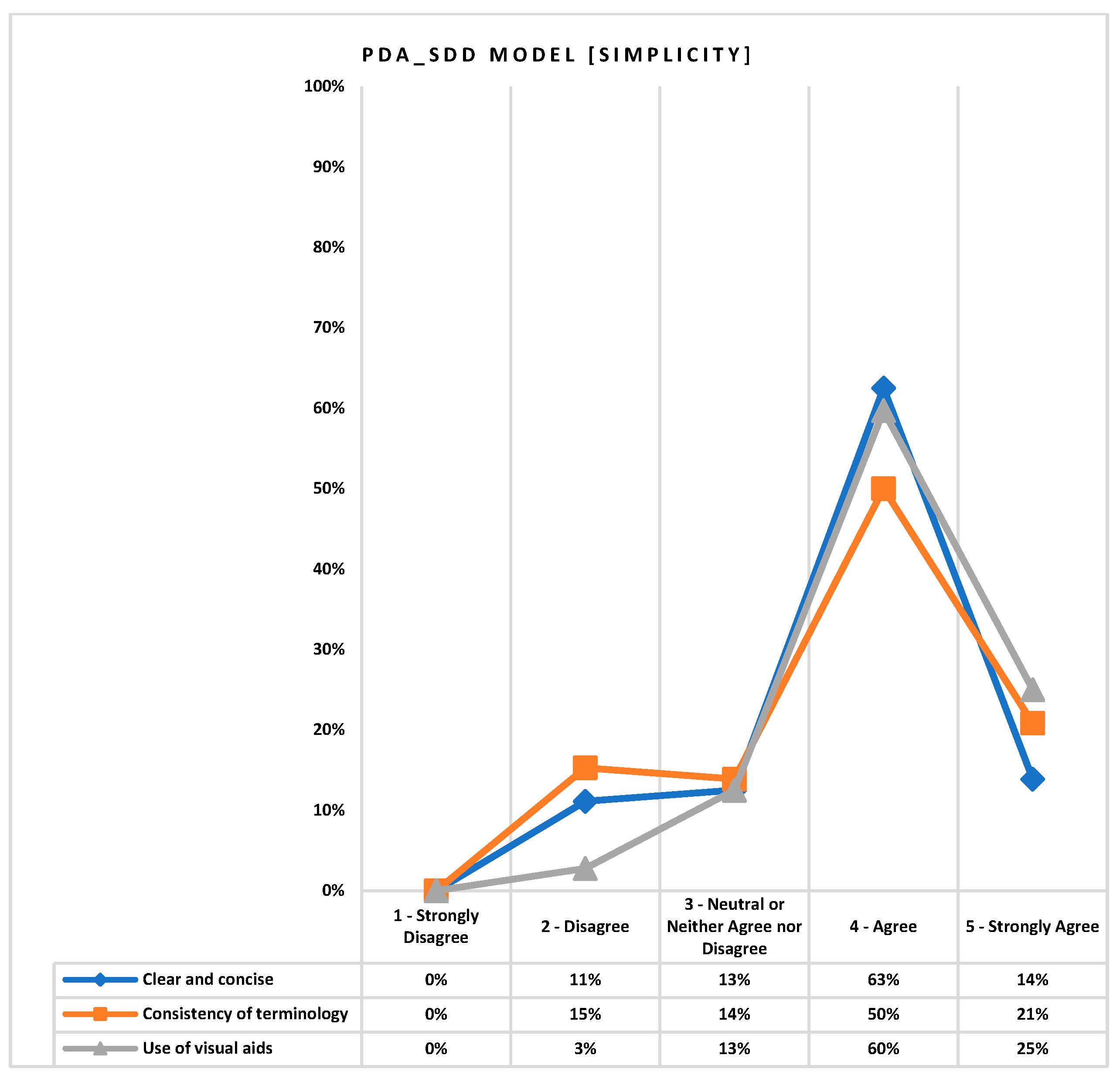
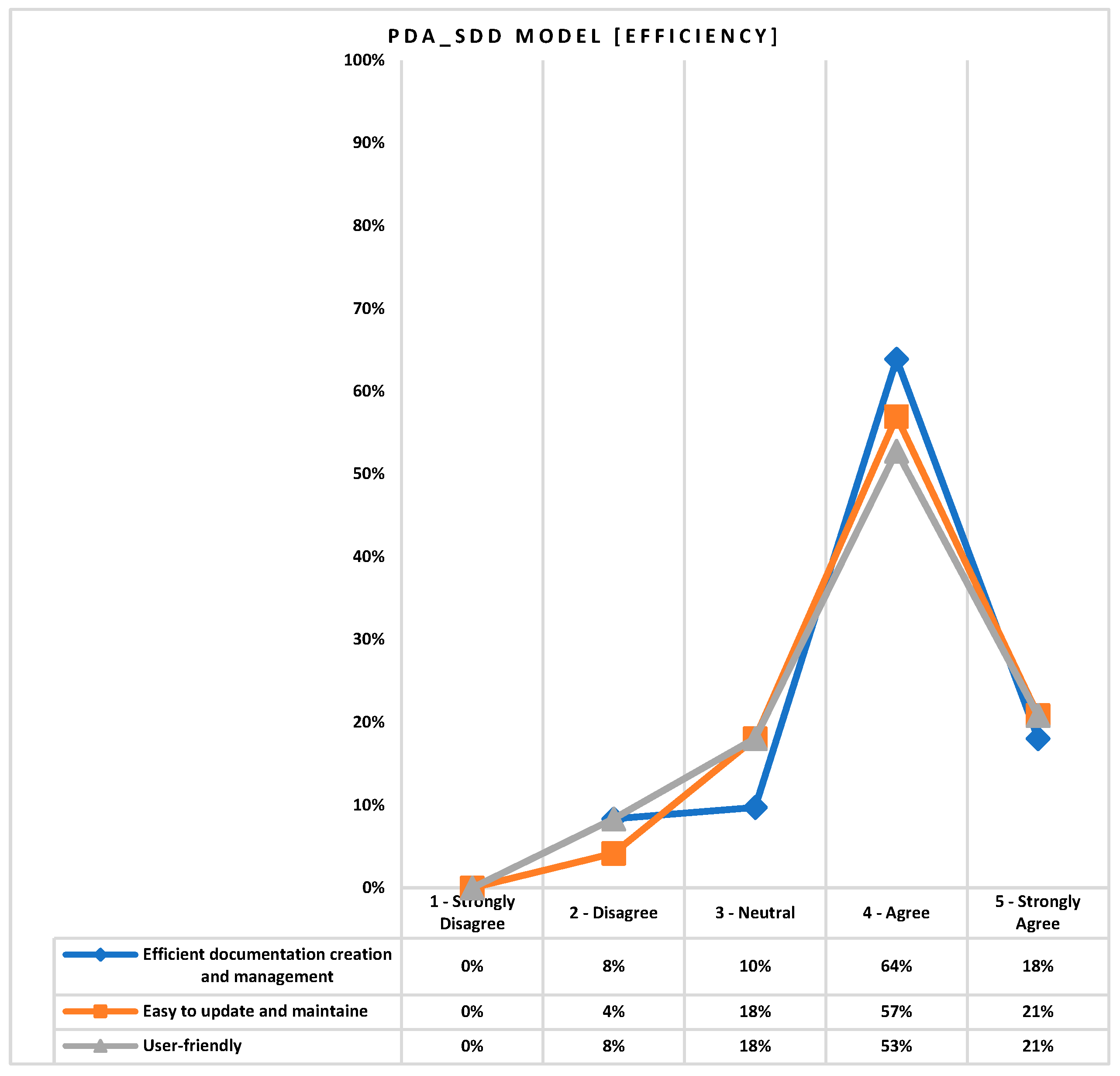
| Category | Sub-Category | Count | Percentage |
|---|---|---|---|
| Gender Distribution | Male | 46 | 63.90% |
| Female | 26 | 36.10% | |
| Job Title Distribution | Software Analyst | 11 | 15.30% |
| Software Designer | 2 | 2.80% | |
| Software Developer | 7 | 9.70% | |
| Software Tester | 14 | 19.40% | |
| Software Quality Auditor | 9 | 12.50% | |
| Software Maintainer | 8 | 11.10% | |
| Software Project Manager | 10 | 13.90% | |
| Software Project Coordinator | 4 | 5.60% | |
| Software Engineer | 7 | 9.70% | |
| Qualification Level | Diploma | 28 | 38.90% |
| BSc. | 12 | 16.70% | |
| MSc. | 16 | 22.20% | |
| Ph.D. | 16 | 22.20% | |
| Years of Experience | 1 to 5 years | 28 | 38.90% |
| 6 to 10 years | 10 | 13.90% | |
| 11 to 15 years | 8 | 11.10% | |
| 16 to 20 years | 14 | 19.40% | |
| Over 20 years | 12 | 16.70% | |
| Total Participants | 72 | 100% |
| Codes | Components | Requirement Type | Sub-Type |
|---|---|---|---|
| SGI | General Info | ||
| SGI-S | Scope | ||
| SGI-OJ | Objectives | ||
| SGI-MF | Main Functions | ||
| SFR | Functional Requirements | ||
| SFR-IO | IO | ||
| SFR-IODE | Data Entry | ||
| SFR-IODO | Data Output | ||
| SFR-IOR | Reporting | ||
| SFR-PR | Processing Requirements | ||
| SFR-PRC | Calculation | ||
| SFR-PRDM | Decision Making | ||
| SFR-PRDP | Data Manipulation | ||
| SFR-BR | Business Rule | ||
| SFR-BRC | Constraints | ||
| SFR-BRV | Validation | ||
| SFR-BRW | Workflow | ||
| SFR-SR | Security Requirements | ||
| SFR-SRAN | Authentication | ||
| SFR-SRAZ | Authorization | ||
| SFR-SRAC | Access Control | ||
| SFR-IR | Integration Requirements | ||
| SFR-IRI | Interface | ||
| SFR-IRDX | Data Exchange | ||
| SFR-IRIN | Interoperability | ||
| SNFR | Non-Functional Requirements | ||
| SNFR-P | Performance | ||
| SNFR-PRT | Response Time | ||
| SNFR-PT | Throughput | ||
| SNFR-PS | Scalability | ||
| SNFR-U | Usability | ||
| SNFR-UEU | Ease of Use | ||
| SNFR-UE | Efficiency | ||
| SNFR-UA | Aesthetics | ||
| SNFR-S | Security | ||
| SNFR-SC | Confidentiality | ||
| SNFR-SI | Integrity | ||
| SNFR-SA | Availability | ||
| SNFR-R | Reliability | ||
| SNFR-RAV | Availability | ||
| SNFR-RAC | Accuracy | ||
| SNFR-RR | Robustness | ||
| SNFR-M | Maintainability | ||
| SNFR-MM | Modifiability | ||
| SNFR-MT | Testability | ||
| SNFR-MP | Portability |
| Feature/Criterion | Traditional Documentation Standards (e.g., IEEE 830 for SRS) [18,19,20,21,22,23,24,25,26] | Agile/Lightweight Documentation Principles (e.g., “Just-in-Time”) [53,54,56,57,64,65] | Specialized Documentation Tools (e.g., Requirements Management, API Docs) [47,48,49,50,51,52] | PDA-SDD Model |
|---|---|---|---|---|
| Scope of Lifecycle Coverage | Specific phases/documents (e.g., requirements); less continuous. | Limited to current iteration; fragmented without overall strategy. | Niche-specific (e.g., requirements, APIs); rarely integrated across full lifecycle. | Comprehensive SDLC (Pre-, During-, After-); emphasizes continuous, living documentation. |
| Generality and Adaptability | Rigid for formal projects; less adaptable for diverse needs. | High for small, co-located teams; less structured for large/complex projects. | High for niche; limited beyond specialty; often requires expertise. | Highly general across project types, sizes, tech stacks, and organizational structures. |
| Simplicity and Efficiency | Complex, prescriptive; high overhead. | Prioritizes simplicity (reduces overhead); can lead to documentation gaps/inconsistencies. | Varies by tool; efficient for niche, but high integration overhead for holistic view. | Designed for simplicity (reduces burden); aims for efficiency via structured guidance and integration. |
| Adaptability to Modern Dev (Agile, DevOps, CI/CD) | Less adaptable; static, document-heavy; struggles with rapid iterations/automation. | Well-suited for iterative dev; adopts “documentation as code” principles. | Can integrate for specific functions; generally not holistic for modern pipelines. | Inherently supports Agile, DevOps, CI/CD; promotes “living docs,” versioning, and automation. |
| Support for Stakeholder Diversity | Often caters to specific roles (analysts); less user-centric. | Primarily for dev teams; less emphasis on comprehensive external stakeholder needs. | Typically serves specific user roles related to the tool’s function. | Designed for all diverse stakeholders (devs, users, managers, maintenance, legal) with tailored deliverables. |
| Integration and Holistic Approach | Fragmented; documents often standalone, limited cross-referencing. | Decentralized, ad hoc; integration informal/manual. | Siloed solutions; strong in niche but high effort for comprehensive system view. | Unified, holistic framework; integrates documentation into SDLC; emphasizes interconnected artifacts and centralized knowledge. |
| PDA-SDD Sub-Model/Aspect | Attribute | N (Respondents) | Mean (Avg. Likert Score) | Standard Deviation |
|---|---|---|---|---|
| [Generality] | Easily adapted | 72 | 4.09 | 0.92 |
| Provide options | 72 | 4.17 | 0.94 | |
| Ability for small and large projects | 72 | 4.29 | 0.98 | |
| Cover all essential aspects | 72 | 4.21 | 0.81 | |
| Provide sufficient detail to guide | 72 | 4.19 | 0.92 | |
| Address a variety of documentation types | 72 | 4.1 | 0.96 | |
| Align with industry standards | 72 | 3.99 | 1.04 | |
| Incorporate best practices | 72 | 4.13 | 0.95 | |
| Ability to integrated with other tools | 72 | 4.13 | 1.02 | |
| [Simplicity] | Clear and concise | 72 | 4.07 | 0.92 |
| Consistency of terminology | 72 | 4.06 | 0.81 | |
| Use of visual aids | 72 | 4.29 | 0.95 | |
| [Efficiency] | Efficient documentation creation and management | 72 | 4.08 | 0.94 |
| Easy to update and maintain | 72 | 4 | 0.93 | |
| User-friendly | 72 | 4.09 | 0.95 |
Disclaimer/Publisher’s Note: The statements, opinions and data contained in all publications are solely those of the individual author(s) and contributor(s) and not of MDPI and/or the editor(s). MDPI and/or the editor(s) disclaim responsibility for any injury to people or property resulting from any ideas, methods, instructions or products referred to in the content. |
© 2025 by the author. Licensee MDPI, Basel, Switzerland. This article is an open access article distributed under the terms and conditions of the Creative Commons Attribution (CC BY) license (https://creativecommons.org/licenses/by/4.0/).
Share and Cite
Alzahrani, A.A.H. Pre-During-After Software Development Documentation (PDA-SDD): A Phase-Based Approach for Comprehensive Software Documentation in Modern Development Paradigms. Computers 2025, 14, 378. https://doi.org/10.3390/computers14090378
Alzahrani AAH. Pre-During-After Software Development Documentation (PDA-SDD): A Phase-Based Approach for Comprehensive Software Documentation in Modern Development Paradigms. Computers. 2025; 14(9):378. https://doi.org/10.3390/computers14090378
Chicago/Turabian StyleAlzahrani, Abdullah A. H. 2025. "Pre-During-After Software Development Documentation (PDA-SDD): A Phase-Based Approach for Comprehensive Software Documentation in Modern Development Paradigms" Computers 14, no. 9: 378. https://doi.org/10.3390/computers14090378
APA StyleAlzahrani, A. A. H. (2025). Pre-During-After Software Development Documentation (PDA-SDD): A Phase-Based Approach for Comprehensive Software Documentation in Modern Development Paradigms. Computers, 14(9), 378. https://doi.org/10.3390/computers14090378




